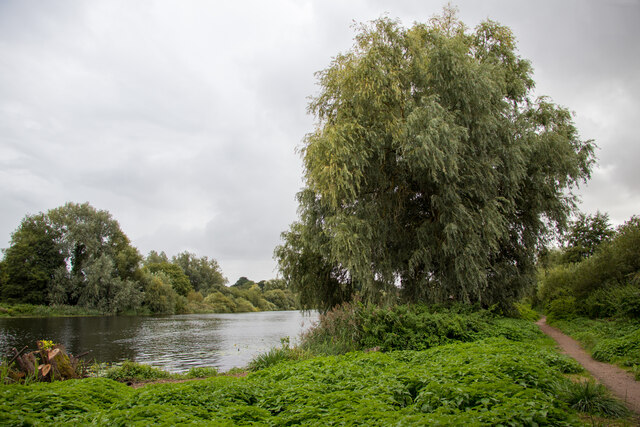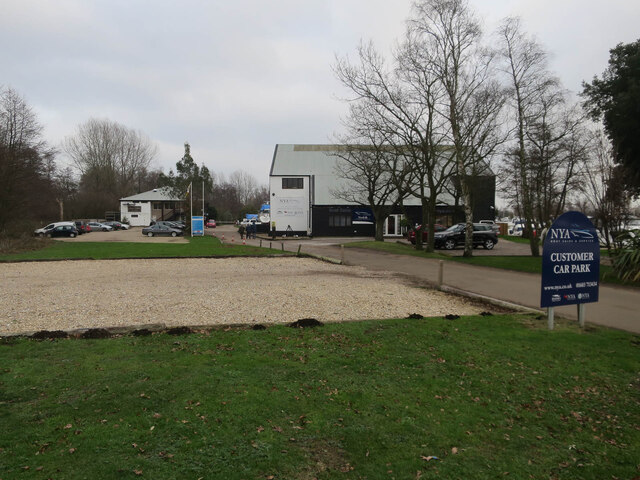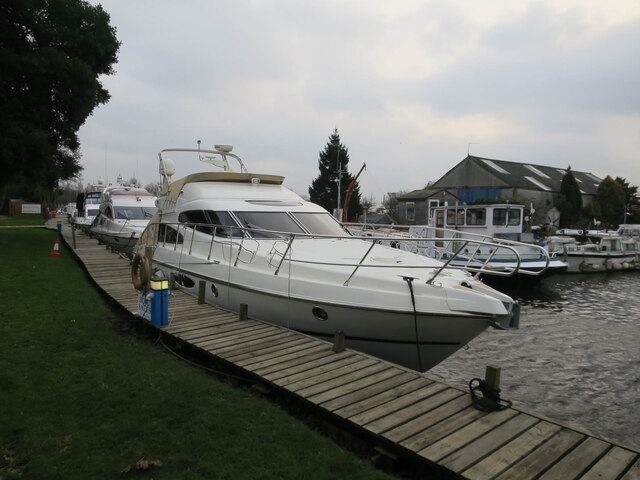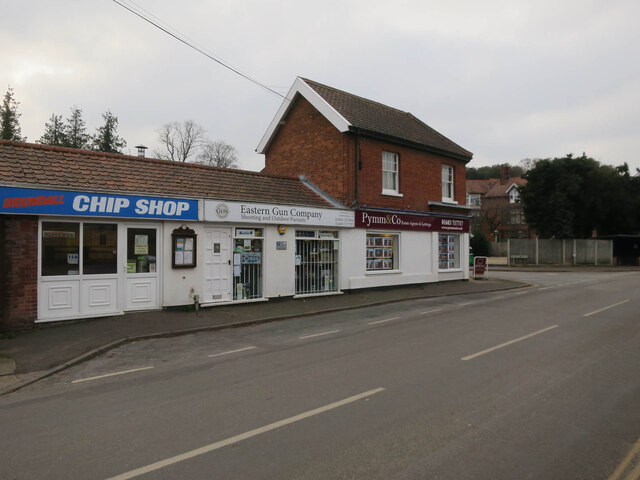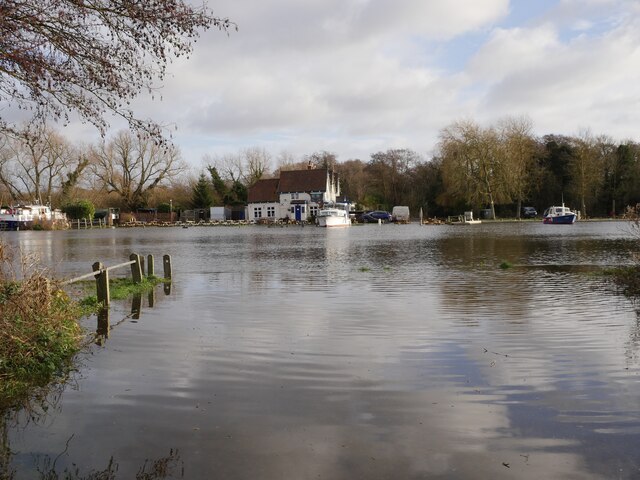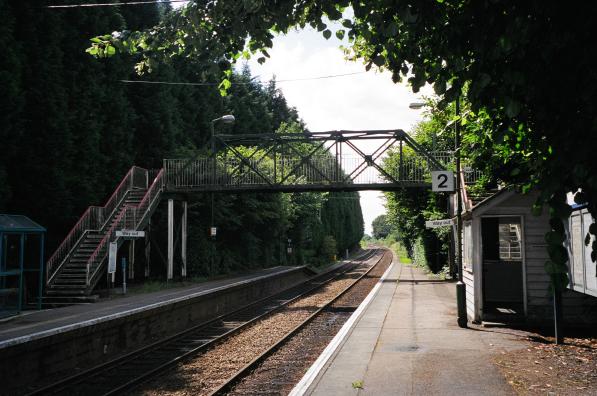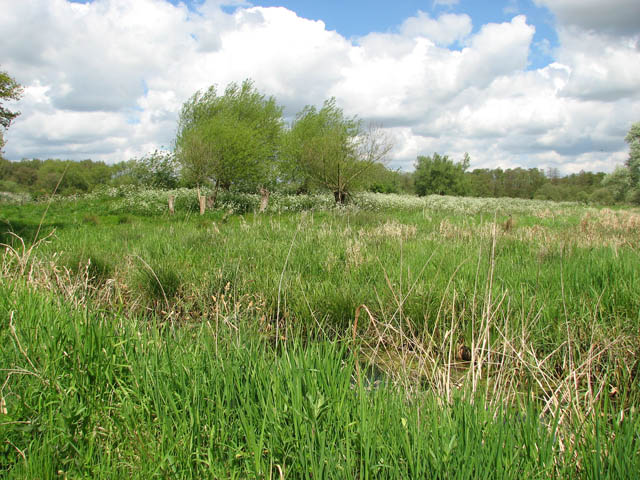Bunney's Broad
Lake, Pool, Pond, Freshwater Marsh in Norfolk South Norfolk
England
Bunney's Broad
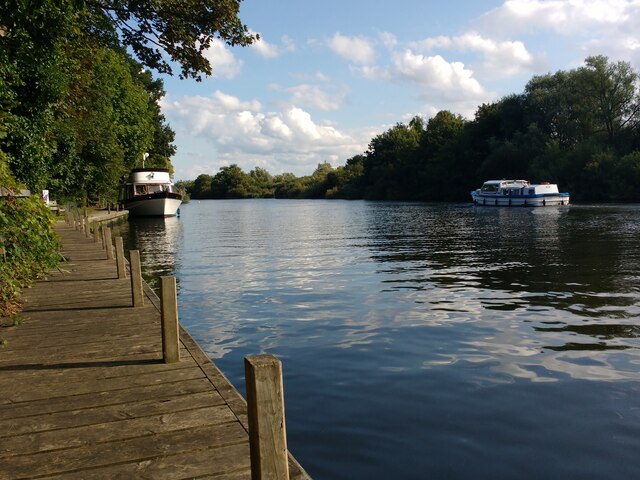
Bunney's Broad is a picturesque freshwater marsh located in Norfolk, England. It is situated in the heart of the Norfolk Broads, a stunning network of waterways and wetlands that cover over 300 square kilometers. Bunney's Broad is surrounded by lush vegetation, including reed beds, willow trees, and various other wetland plants.
This tranquil area is a haven for a wide variety of wildlife, making it a popular destination for nature enthusiasts and birdwatchers. The marsh is home to numerous species of birds, such as herons, swans, grebes, and warblers. Visitors can often spot these feathered creatures gracefully gliding across the water or perched on the branches of the surrounding trees.
The broad itself is a relatively small body of water, with a calm and serene atmosphere. Its still and clear waters make it a perfect spot for fishing, and anglers can frequently be seen casting their lines in search of carp, pike, and perch. The area is also a favorite among boaters, who can navigate through the narrow channels and explore the scenic landscape.
Bunney's Broad is a true gem of Norfolk's natural beauty. Its peaceful surroundings, diverse wildlife, and recreational opportunities make it a must-visit destination for those seeking a tranquil escape in the heart of England's countryside.
If you have any feedback on the listing, please let us know in the comments section below.
Bunney's Broad Images
Images are sourced within 2km of 52.618311/1.4160655 or Grid Reference TG3107. Thanks to Geograph Open Source API. All images are credited.
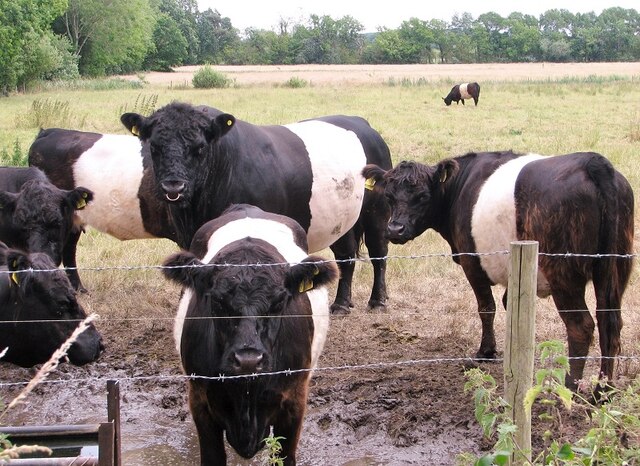
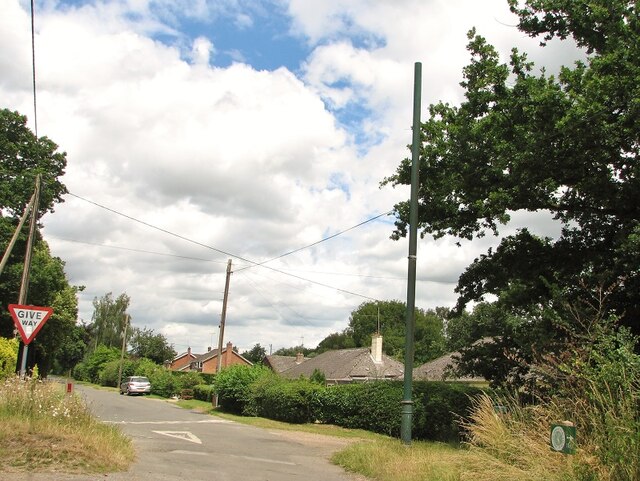
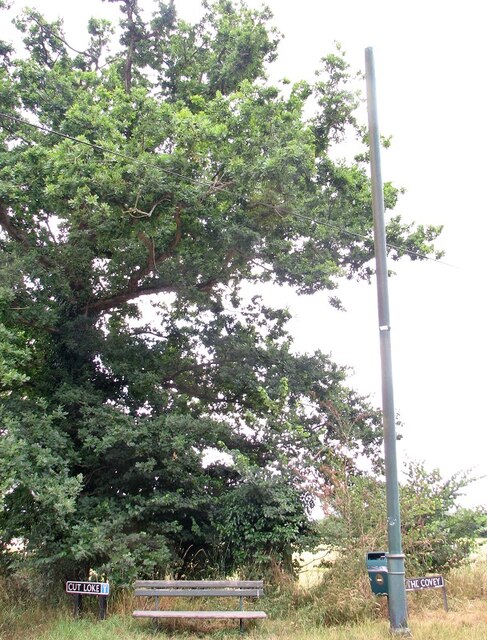
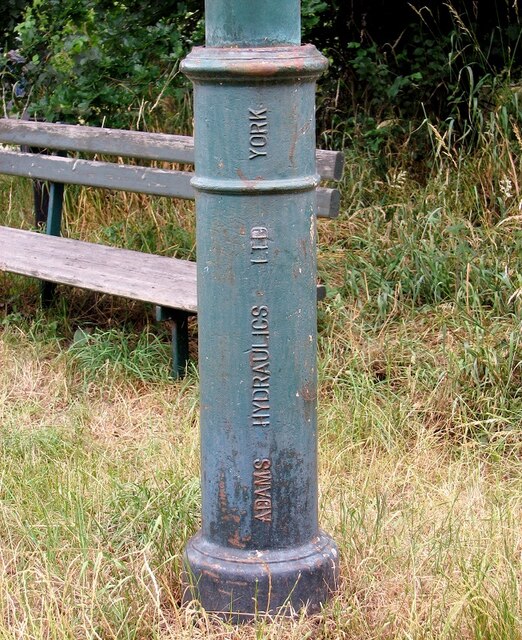
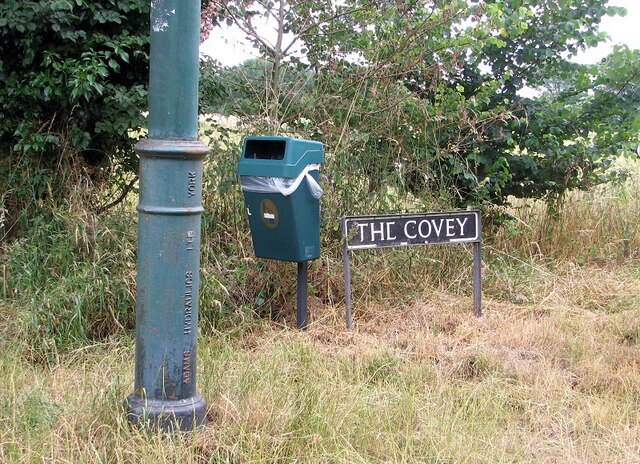


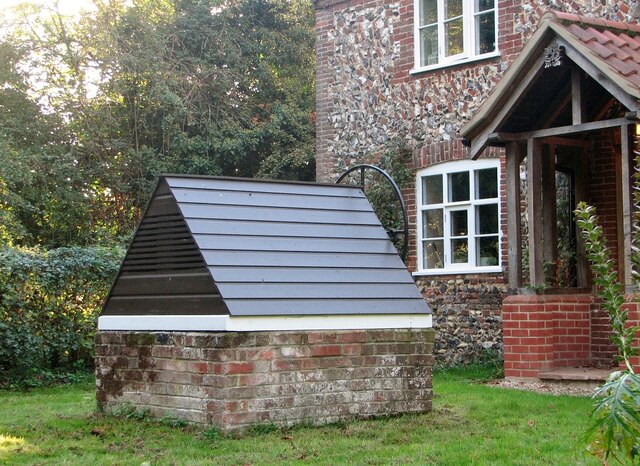
Bunney's Broad is located at Grid Ref: TG3107 (Lat: 52.618311, Lng: 1.4160655)
Administrative County: Norfolk
District: South Norfolk
Police Authority: Norfolk
What 3 Words
///travels.fittingly.furniture. Near Brundall, Norfolk
Nearby Locations
Related Wikis
Brundall Gardens railway station
Brundall Gardens railway station is on the Wherry Lines in the East of England, serving the western side of the village of Brundall, Norfolk. It is 4 miles...
Surlingham Church Marsh RSPB reserve
Surlingham Church Marsh is a small RSPB nature reserve in the Norfolk Broads, England. It is part of Yare Broads and Marshes Site of Special Scientific...
Surlingham
Surlingham is a village and civil parish in the South Norfolk district of Norfolk situated on the Broads in eastern United Kingdom. It lies approximately...
Postwick with Witton
Postwick with Witton ( ) is a civil parish on the Broads in the English county of Norfolk, comprising the two adjacent villages of Postwick and Witton...
Nearby Amenities
Located within 500m of 52.618311,1.4160655Have you been to Bunney's Broad?
Leave your review of Bunney's Broad below (or comments, questions and feedback).

